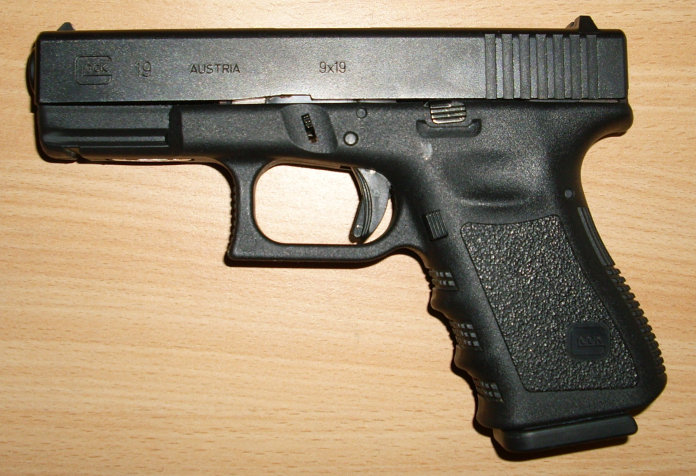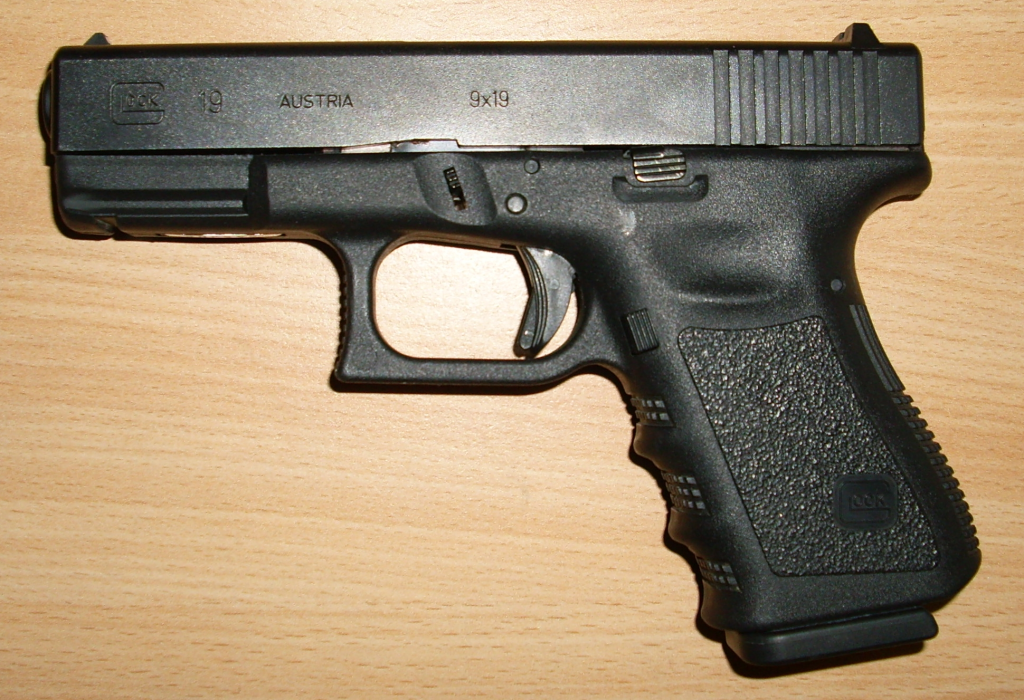
“When a state can’t win on the merits, it outlaws the mechanism.” That grim judgment from gun rights activists is now at the heart of California’s most contentious gun debate in years. With AB 1127 and three other restriction bills on Governor Gavin Newsom’s desk, the state is set to pass what many have characterized as the most far-reaching Second Amendment limitation on record.
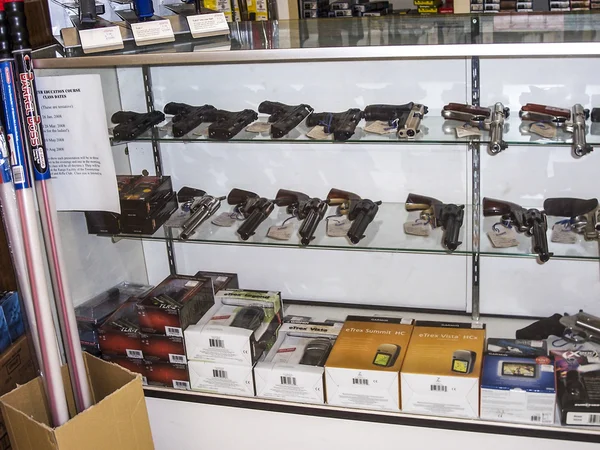
The package incorporates provisions already rejected by federal courts, new design-based bans that would eliminate best-selling handguns from sale, and procedural strategies that critics say circumvent democratic openness. Supporters present the bills as focused safety measures opponents view them as building blocks for a comprehensive prohibitionist agenda.
Following is an analysis of the most significant aspects within this legislative push addressing the technical, legal, and political aspects that potentially redefine not just California’s gun scene but also have implications far beyond state lines.
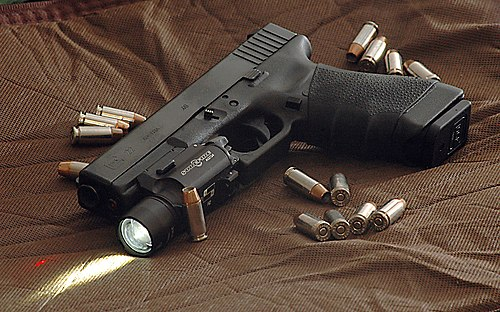
1. AB 1127’s Design-Based Ban on Semi-Auto Pistols
AB 1127 does not mention Glock, but its wording targets semi-automatic pistols having cruciform-style trigger bars an internal component shared by virtually all Glocks and most copies. The legislation forbids licensed vendors from transferring these weapons to citizens, as they can be illegally converted to automatic fire through so-called “Glock switches.”
These conversion units are already illegal under federal law, but the scope of this bill effectively takes a huge tract of widely sold handguns off the California approved list. Law enforcement is exempt, highlighting the gap between civilian and official use. Gun rights organizations claim that this is less about safety and more about using a technical definition to get to a de facto brand ban.
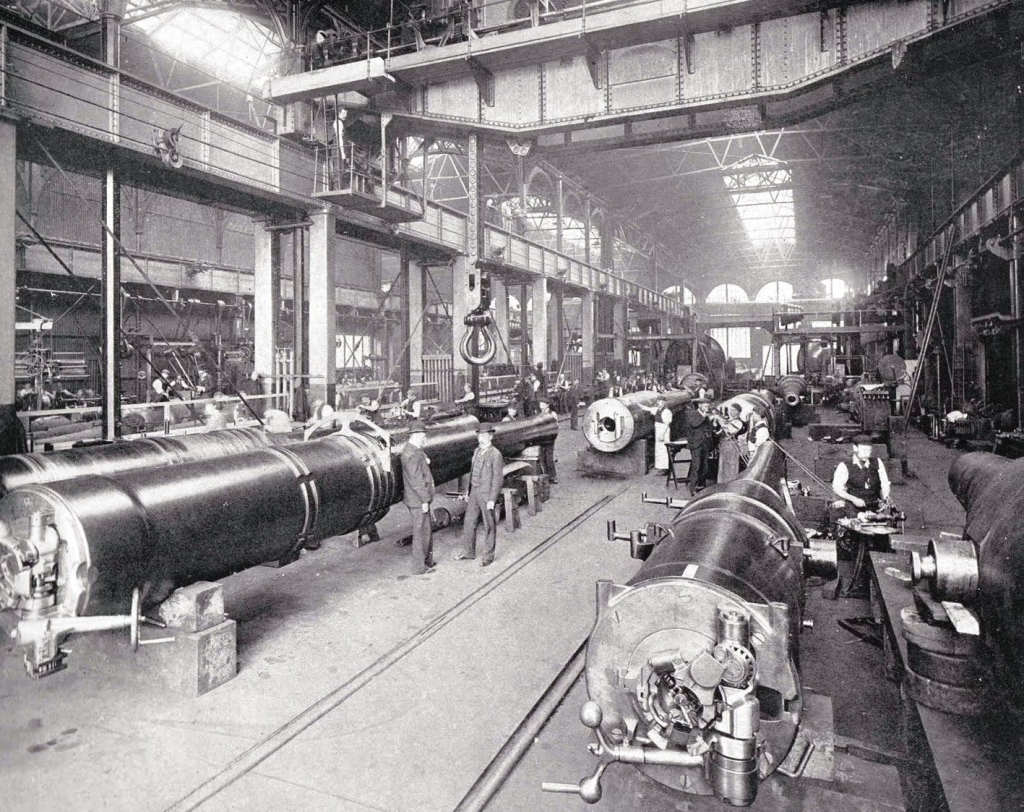
2. A Narrow and Expensive Route for Manufacturers
Late amendments to AB 1127 provide a theoretical out redesign impacted pistols to remove the specified “convertibility” and resubmit for state testing without incorporating a loaded chamber indicator or magazine disconnect. The catch is high aggressive timelines, expensive capital investment, and the potential that even small changes will activate California’s roster provisions, compelling full compliance with other disputed safety features.
California Rifle & Pistol Association’s Rick Travis refers to this provision as “cosmetic, not practical,” because, he says, the July 1, 2026 effective date does not give manufacturers much time to establish California-exclusive production lines. The consequence, he cautions, is probably a dwindling roster and fewer choices for legal buyers.
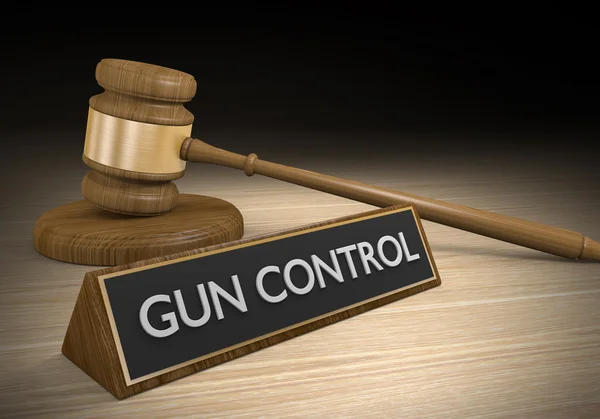
3. Procedural Maneuvers in Sacramento
The route to passage of AB 1127 was as acrimonious as its substance. Lawmakers used a procedural loophole to force an extension of the session into Saturday in the guise of a 72-hour review period, Travis reports. This additional time, he argues, was employed to lock up wavering votes.
The bill did finally pass the Assembly on a bare majority, marking a transition away from the lopsided landslides that had long defined California gun control initiatives. That narrower margin may suggest increased nervousness among lawmakers or the development of novel political alliances opposed to blanket prohibitions.
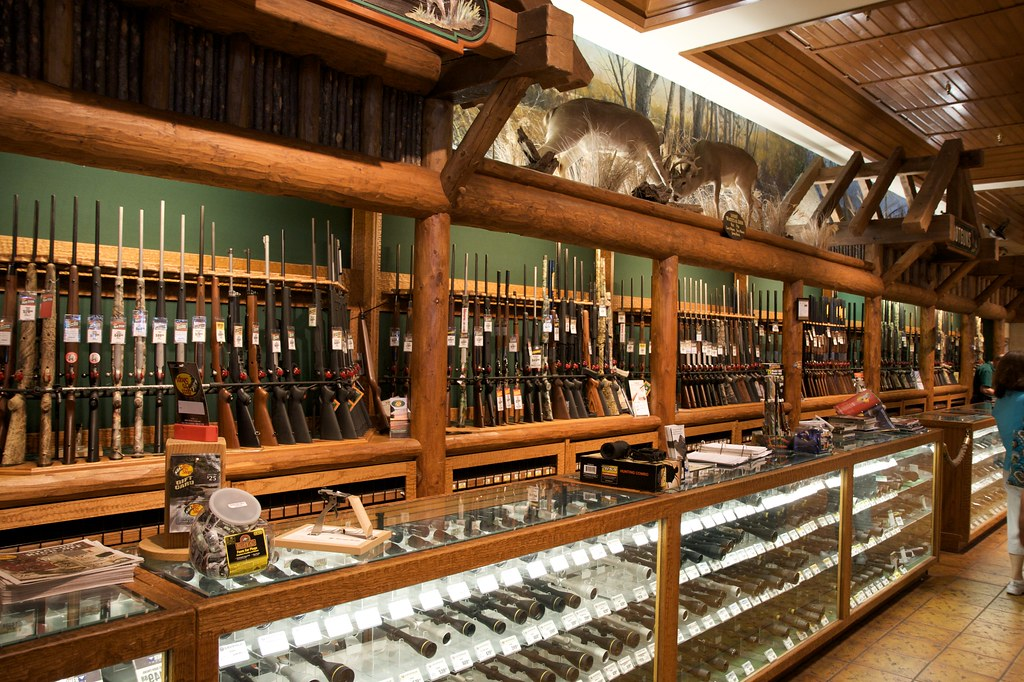
4. The Rebirth of the ‘One-Gun-a-Month’ Rule
AB 1078 aims to reinstate a purchase limit that the Ninth Circuit just overturned in Nguyen v. Bonta. The court ruled that restricting most citizens to one gun purchase per 30 days constitutes a “meaningful constraint” on the Second Amendment, devoid of any historical equivalent.
Despite this, lawmakers are testing whether a slightly altered version could survive judicial scrutiny. Critics view the move as an end-run around a clear constitutional ruling, with the potential to reignite litigation almost immediately upon enactment.

5. Criminalizing ‘Causation’ in Firearm Manufacturing
AB 1263 adds a new crime of “willfully or knowingly” inducing another to illegally manufacture a firearm. Those who support it present it as a ghost gun proliferation tool those who oppose it say that it is vague, redundant, and prone to abuse.
The bill’s language arrives amid heightened scrutiny of CNC machining and 3D printing, technologies that have become focal points in the debate over home-built firearms. Gun rights advocates fear the measure could chill lawful activities by casting too wide a net over technical assistance and parts sales.

6. Background Checks for Firearm Barrels
SB 704 would mandate background checks to buy firearm barrels, parts that are critical to finishing unserialized, 3D-printed ghost guns. As Brady officials point out, barrels are one of the few parts not easily duplicated using consumer-grade 3D printers.
The measure is touted by proponents as an anticipatory blow against rising dangers, but criticized by others as another layer of red tape that imposes on legitimate commerce without targeting the source of violent crime. The bill would establish California as the first state to regulate barrel sales in such a manner.

7. The Risk to Current Owners
Those who support AB 1127 point out that existing owners of compromised pistols can retain them. However, California’s legislative history contains warning examples like the state’s magazine ban, which started as a potential policy before transforming into compulsory dispossession.
With roster deletions keeping intra-family transfers from happening, opponents warn future “cleanup” bills might aim at current firearms in the name of public safety. Grandfathering for them is not assurance but temporary political strategy.
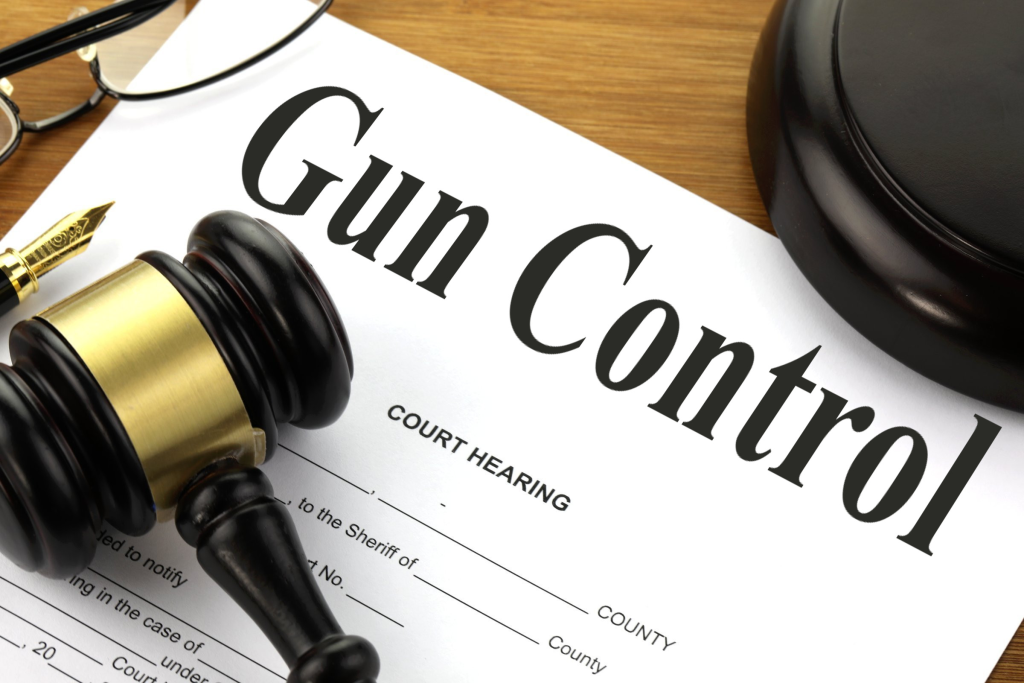
California’s newest legislative package is a convergence of technical definitions, procedural strategy, and legal brinkmanship. For gun rights supporters, the struggle over AB 1127 is not merely one of one brand or design it is one of precedent such targeted prohibitions create. With court battles looming and political margins narrowing, the next few months will strain both the mettle of the state’s gun community and the strength of constitutional protections against changing regulatory tactics.
